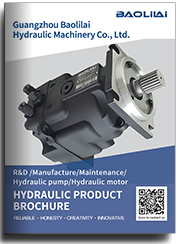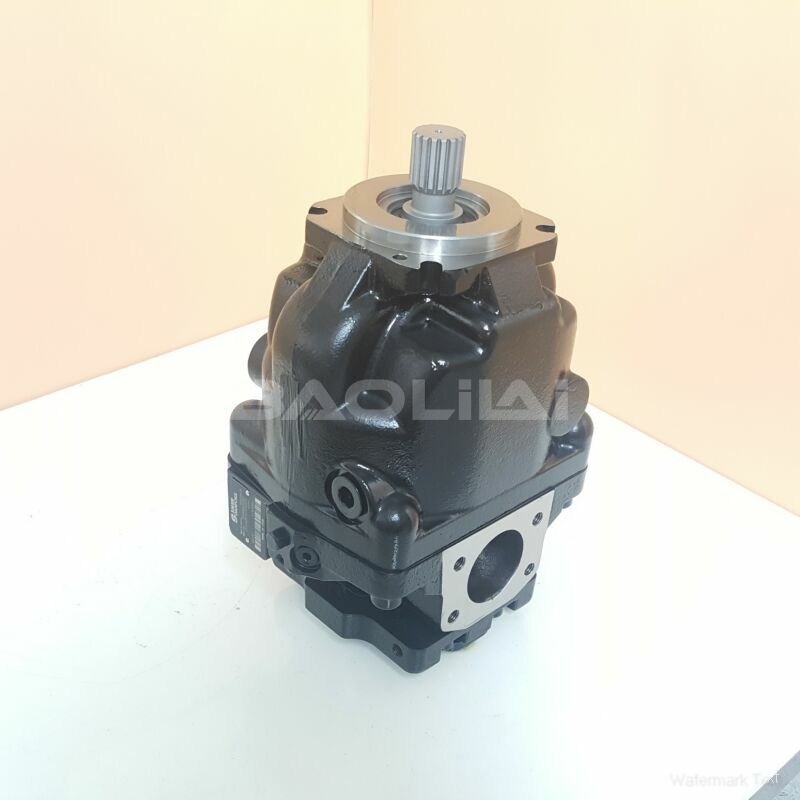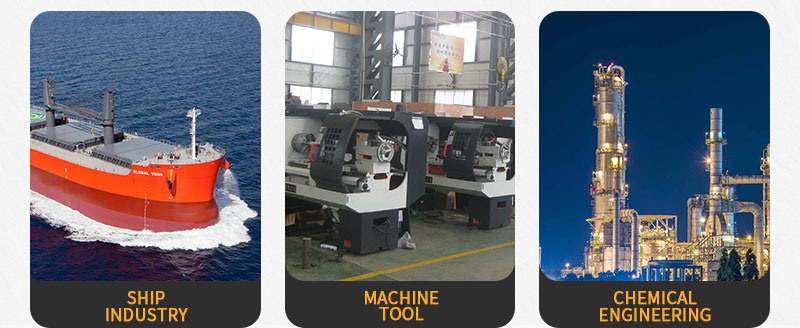ERL130BLS2520NNN3S1RPA1NAAANNNNNN danfoss pump
ERL130BLS2520NNN3S1RPA1NAAANNNNNN danfoss pump

- Product Details
- Applicable Scene
Choose pumps with a low Net Positive Suction Head Required (NPSHr): Pumps designed to operate under low NPSH conditions can help reduce cavitation risks.
ER-L-130B-LS-25-20-NN-N-3-S1RP-A1N-AAA-NNN-NNN
ERL130BLS2520NNN3S1RPA1NAAANNNNNN
Evaluate the pump type: Depending on the application, selecting a different pump type (e.g., gear pump, vane pump, or positive displacement) may better suit the operational parameters.

83023413
Adjust System Components
Making adjustments to other components in the hydraulic system can also help alleviate cavitation:
Maintain adequate fluid levels: Ensure that the fluid reservoir is filled to the appropriate level to avoid creating low-pressure areas.
Inspect and maintain filters and screens: Clogged filters can restrict flow and create pressure drops, leading to cavitation.
Increase System Efficiency
Enhancing the overall efficiency of the hydraulic system can help prevent cavitation:
Optimize routing: Reducing the length and number of bends in the piping can decrease pressure losses.
Implement variable speed drives: These allow for better control of pump speed and flow, helping to maintain optimal operating conditions.
Monitoring and Maintenance
Regular monitoring and maintenance are crucial in identifying and addressing cavitation issues early. Install pressure and temperature sensors in strategic locations to track changes in the hydraulic system. Performing routine inspections on pumps and associated components can help detect signs of wear or potential failure before they lead to serious cavitation problems.
Conclusion
Cavitation can severely impact the reliability and performance of hydraulic pump systems. By understanding the root causes and implementing strategies to increase inlet pressure, reduce fluid temperature, optimize pump design, adjust system components, and enhance system efficiency, operators can effectively tackle cavitation issues. Regular monitoring and maintenance play essential roles in preventing cavitation problems and ensuring the longevity of hydraulic systems. With the right approach, organizations can mitigate cavitation risks and maintain smooth and efficient hydraulic operations.





